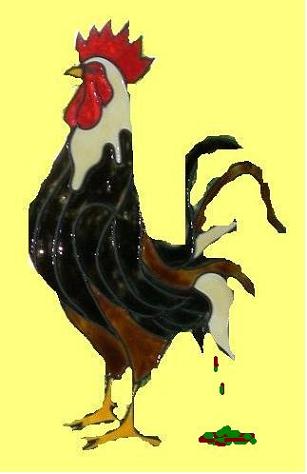
-------------------------------------------------------
February 2, 2009
Big Risks for U.S. in Trying to Value Bad Bank Assets
As the Obama administration prepares its strategy to rescue the nation’s banks by buying or guaranteeing troubled assets on their books, it confronts one central problem: How should they be valued?
Not just billions, but hundreds of billions of taxpayer dollars are at stake.
The Treasury secretary, Timothy F. Geithner, is expected to announce details of the new plan within weeks. Administration and Congressional officials say it will give the government flexibility to buy some bad assets and guarantee others in an effort to have a broad impact but still tailor the aid for different institutions.
But getting this right will not be easy. The wild variations on the value of many bad bank assets can be seen by looking at one mortgage-backed bond recently analyzed by a division of Standard & Poor’s, the credit rating agency.
The financial institution that owns the bond calculates the value at 97 cents on the dollar, or a mere 3 percent loss. But S.& P. estimates it is worth 87 cents, based on the current loan-default rate, and could be worth 53 cents under a bleaker situation that contemplates a doubling of defaults. But even that might be optimistic, because the bond traded recently for just 38 cents on the dollar, reflecting the even gloomier outlook of investors.
The bond analyzed by S.& P. is just one of thousands that the government might buy or guarantee should it go forward with setting up a “bad bank” that would acquire $1 trillion or more of toxic assets from banks.
The idea is that, free from the burden of carrying these bad assets, banks would start lending again and bolster the faltering economy. The bad bank set up by the government would, over time, sell the assets and recover some or most of what it had paid.
While the government is considering several approaches to helping the banks, including more capital injections, buying or insuring toxic assets is likely to be a centerpiece. Determining the right price for these assets is crucial to success. Placing too low a value would force institutions selling and others holding similar investments to register crushing losses that could deplete their capital and make it harder for them to increase lending.
But inflated values would bail out the companies, their shareholders and executives at the expense of taxpayers, who...
Big Risks for U.S. in Trying to Value Bad Bank Assets
As the Obama administration prepares its strategy to rescue the nation’s banks by buying or guaranteeing troubled assets on their books, it confronts one central problem: How should they be valued?
Not just billions, but hundreds of billions of taxpayer dollars are at stake.
The Treasury secretary, Timothy F. Geithner, is expected to announce details of the new plan within weeks. Administration and Congressional officials say it will give the government flexibility to buy some bad assets and guarantee others in an effort to have a broad impact but still tailor the aid for different institutions.
But getting this right will not be easy. The wild variations on the value of many bad bank assets can be seen by looking at one mortgage-backed bond recently analyzed by a division of Standard & Poor’s, the credit rating agency.
The financial institution that owns the bond calculates the value at 97 cents on the dollar, or a mere 3 percent loss. But S.& P. estimates it is worth 87 cents, based on the current loan-default rate, and could be worth 53 cents under a bleaker situation that contemplates a doubling of defaults. But even that might be optimistic, because the bond traded recently for just 38 cents on the dollar, reflecting the even gloomier outlook of investors.
The bond analyzed by S.& P. is just one of thousands that the government might buy or guarantee should it go forward with setting up a “bad bank” that would acquire $1 trillion or more of toxic assets from banks.
The idea is that, free from the burden of carrying these bad assets, banks would start lending again and bolster the faltering economy. The bad bank set up by the government would, over time, sell the assets and recover some or most of what it had paid.
While the government is considering several approaches to helping the banks, including more capital injections, buying or insuring toxic assets is likely to be a centerpiece. Determining the right price for these assets is crucial to success. Placing too low a value would force institutions selling and others holding similar investments to register crushing losses that could deplete their capital and make it harder for them to increase lending.
But inflated values would bail out the companies, their shareholders and executives at the expense of taxpayers, who...
(full story at nytimes.com)
==================================





No comments:
Post a Comment